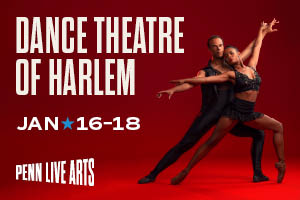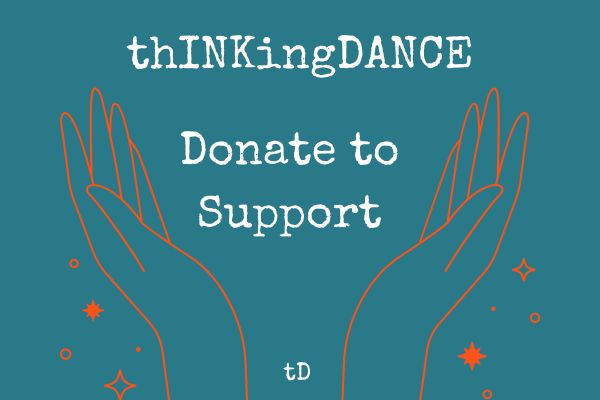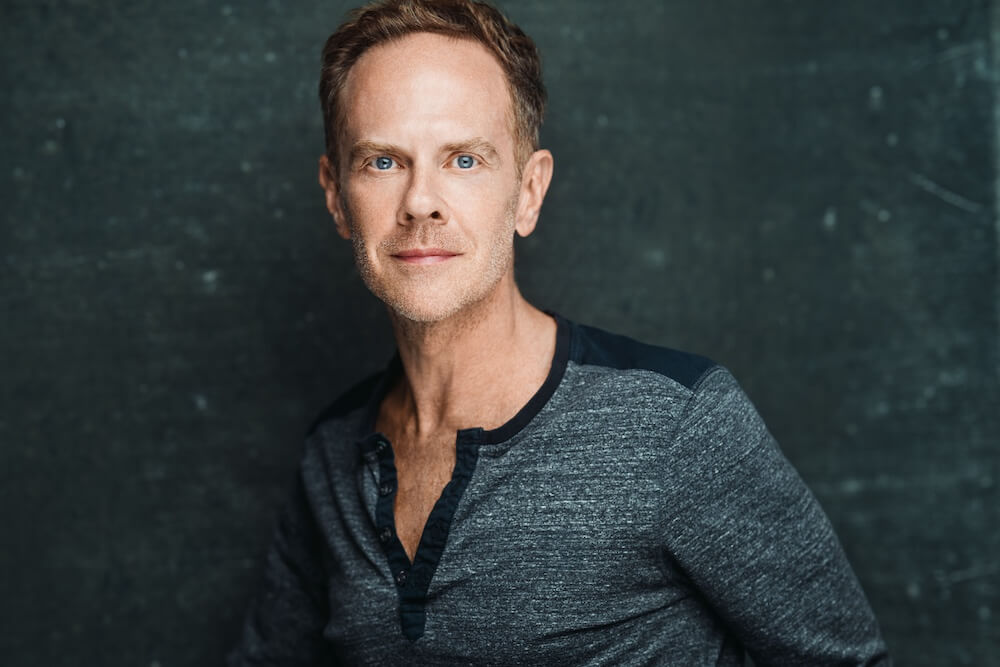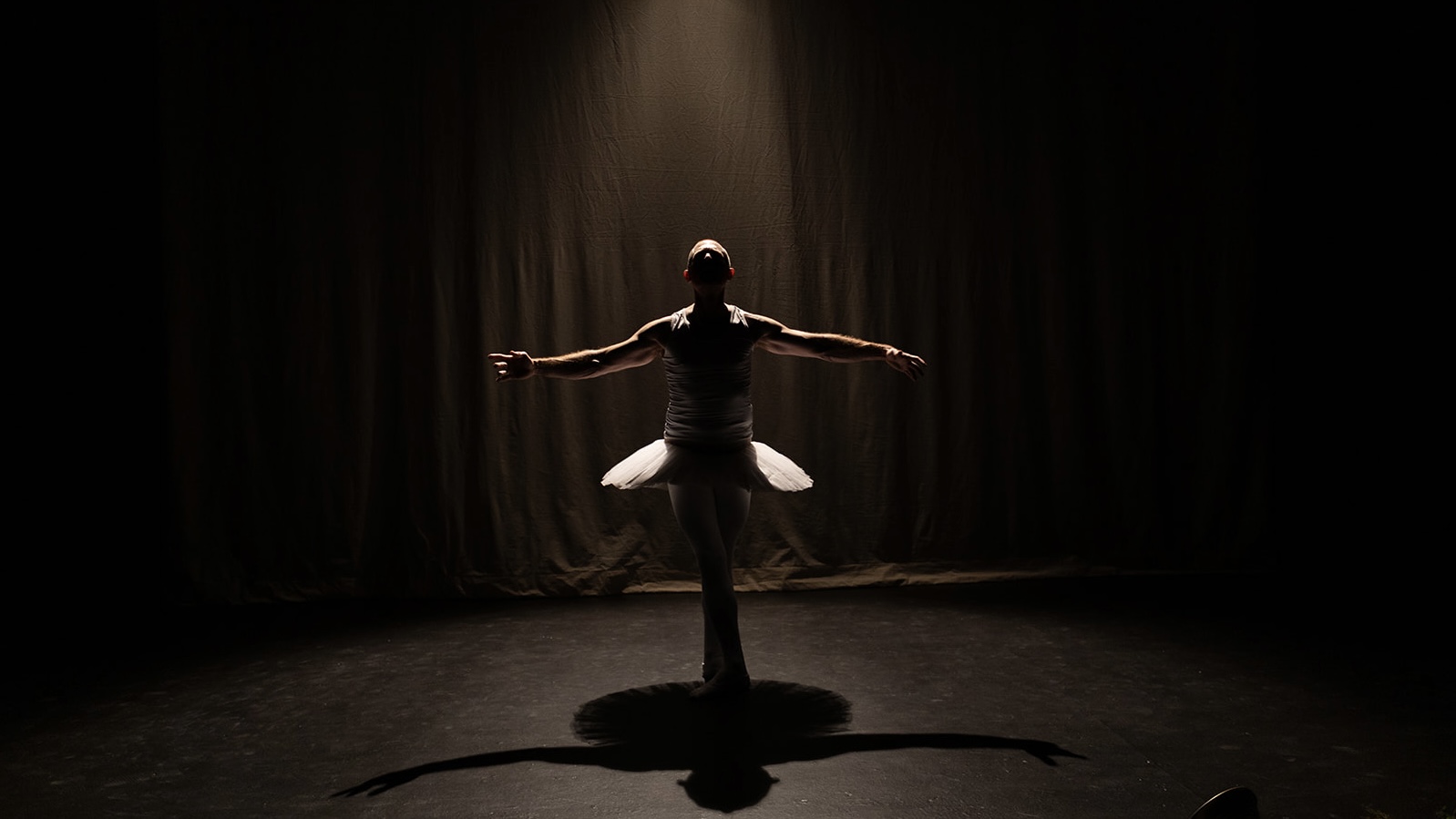In 2005, while attending ADF, I was assigned to be Miguel Gutierrez’s wardrobe assistant for his solo Retrospective Exhibitionist. For those three nights I embodied his mom—washing his underwear. Since then I’ve followed his work and taken his workshops any time I could. When I moved to Philadelphia in 2006, Nicole Bindler was the first person to welcome me. She invited me to her show, which incidentally was the first time I met my future husband. I’ve worked with Nicole on and off for nine years. I also met Gabrielle Revlock in 2006. Gabi and I spent three weeks traveling together around Poland on a residency this past summer.
I love these people and our shared histories. But the world of dance making, as we know it, is dying. In one week I saw works by all three—Nicole and Gabi’s The Dance Apocalypse/Solos and Parts 1 and 2 of Miguel’s Age & Beauty triptych—in which they rage, rant, and even party in an attempt to process the harsh realities of the life they/we live.
Age & Beauty Part 1: Mid-Career Artist/Suicide Note or &:-/
FringeArts was set up as a three-walled white box, inside of which Miguel and mickey mahar danced, played, and explored their queerness, sensuality, anger, and frustration. Miguel wore a Barbie-pink one-piece bathing suit, his mouth and eyes smeared with lipstick, as if applied by a child. He passed a bottle of pink nail polish to the audience. It felt like a pretend tea party, and the evening itself became a revisited game from childhood, presented through a grown gay man’s wishes, desires, and perceptions of self. They vogued in unison, shared a kiss, fought, mickey exposed his ass, they both donned white twill dresses. Ultimately Miguel’s charismatic presence “shaded” the younger and more feminine-looking mickey.
The end took me by surprise. Miguel sang into a microphone, creating a wall of ever louder, looping sound. It was beautiful, engulfing, and isolating. As he screamed aggressively “You can leave now!” the charming persona was gone, the dance over. Was Miguel finally just himself and not the performer? I left.
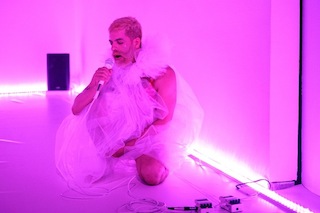
Age & Beauty Part 2: Asian Beauty @ the Werq Meeting or The Choreographer & Her Muse or &:@&
Just days later, on the day of the terrorist attacks in Paris, Miguel began by asking the audience for a brief moment of silence in solidarity. Michelle Boulé, “the muse,” entered, dressed in all pink, with a rope light of the same color fastened around her body. She sang, her silhouette reminding me of a pink gingerbread cookie. A projection explained who the people on stage were: Ben Pryor (Miguel’s manager); Jaime Maseda (playing Miguel, dressed in Miguel’s costume from Part 1); Michelle Boulé (his muse); and lighting designer Lenore Doxsee (not present). Sitting at a table for most of the show, Jaime/Miguel and Ben reenacted real conversations, while the “Asian Beauty” (Michelle Boulé) poured herself all around the stage, ignored by the others. The real Miguel, also a witness on stage, brought a sense of duplicity. Who is the artist and who is the person? Are they different?
In the 90 minutes that it took Jaime/Miguel and Ben to talk, do business, fight, struggle with paying rent, and send tons of emails, Michelle danced all the solos she had ever performed for Miguel. Almost 15 years were compressed into 90 minutes, her sweat and presence seemingly invisible to the others. It was real and sad and they all kept going without much change for a long time.
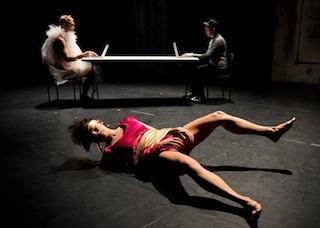
Finally the stage exploded into a party, everyone dancing in unison, facing and engaging the audience. There was real joy in their eyes, but I couldn’t stop thinking: at what cost? While my heart beat the rhythm of the song and my lips curled into a smile, I felt sad remembering Michelle sweating and alone on that stage, Miguel not having money to pay his rent, the beauty and decay and struggle and joy this life is. The show ended with Michelle standing atop the table, breathlessly screaming the end of her solo from Everyone: “Yes, I am writing a poem… one down… one down… one down… one down… one down… one down… one down… one down… one down… one down… one down… one down… one down… one down… one down… one down… so many more to go.”
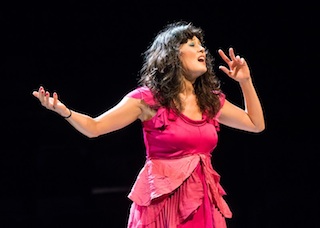
The Dance Apocalypse/Solos
The very next day, I was confronted by provocations, irony, humor, bickering, anger, feminism, loneliness, information about the clitoris, nudity, sensuality, a talking belly button, and more at Gabi and Nicole’s show. A trailer for their short film Chicken Fight (which also had its own Kickstarter campaign, goal: $1,000, 000) started the evening. Fast frames shifted between slapstick comedy, intimate girltalk, fighting and talking fist puppets. Sometimes funny and mostly confusing, what I got was that Gabi and Nicole fight—because they are friends who disagree and also because they made less money than any of the other people who worked on this project.
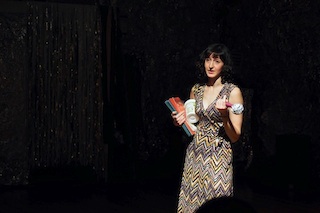
Gabi’s solo followed the trailer. She shared personal stories and I believed her, the tinfoil microphone falling apart in her hand the only element offsetting her sincerity. She asked the audience for money in exchange for stickers from her childhood collection or a press packet containing some of Nicole’s hair—the line between sincerity and mockery unclear. Her intention was vague, but the solo raised issues of identity in both performance and fundraising and the unsettling notion that artists are increasingly selling something of themselves in these bargains.
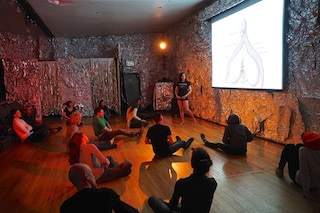
Nicole’s solo bled into the end of Gabi’s, opening with a class in clitoral embodiment. The audience was invited to the stage, where we stayed for the rest of the show. As we lay on the floor and Nicole led us though an embodied meditation, I couldn’t shake the feeling that we are all the same, our organs, our muscles and bones all starting from the same initial tissue. The authenticity of my body experience dissipated when Nicole changed into a gold see-through party dress and a taxidermied fox hat. Just as when I had watched Miguel, I wondered—who is the “real” Nicole and is this costumed persona part of her? When Gabi started asking questions from the audience, Nicole offered her butt for spanking—taking punishment for anything she could have done wrong. It was controlled and submissive and Nicole seemed to enjoy it. While the class had a feeling of empowerment, this did not. Not at all sexual, it was more reminiscent of pop culture’s obsession with female submission. Nicole disappeared backstage and came back nude. She danced a slow and sensuous shifting of weight with lots of inversions, the dark lighting artfully hiding her most intimate places. She radiated a strong and unapologetic femaleness, her hair or skin sometimes touching the audience. The undermining of expectations present through the whole evening was the strength of this piece. It closed with Nicole donning a snowsuit that hid all except her belly button and her long curly hair. Standing on a chair in the audience she was monumental, emoting in the voice of her lonely and angry belly button. Gabi rejoined her with a toothbrush, mock cleaning the belly button as they quietly sang Wonderful World:
Don’t know much about history
Don’t know much biology
Don’t know much about a science book
Don’t know much about the French I took
But I do know that I love you
And I know that if you love me too
What a wonderful world this would be
The meaning of the song here is not lost on me, but perhaps I know these women all too well. Nicole is an encyclopedia of knowledge of anatomy and biology. Her first language was French, spoken by the nanny who raised her. Gabi and Nicole fight and bicker all the time, but they love each other. I couldn’t decipher whether their performance of the song was sincere; all I could think was that this mixture of fantasy and reality is their version of the dance apocalypse.
The piece unsettled me and left me trying to re-create a sense of comprehension and comfort. I still don’t have it. The Dance Apocalypse/Solos could be dismissed as chaos. However, if you are able to overcome that moment of confusion, you witness two raging artists shedding light on what it is like to be female, to fight against stereotypes, to raise money, to ask for help, to fight with each other, to try to make sense of the world. Nothing they do is easy to grasp, it’s not entertainment and they don’t offer you a way to think or perceive. They just present themselves freely in the most sincere, ironic, doubtful, experimental way they can.
With everything happening in the world, the week left me feeling blessed. Blessed that I can rage over the lack of arts funding, the obstacles for female artists, my friends’ struggles. I feel blessed that I can sit and write about these things. I feel blessed that I don’t have to hide, to flee, to mourn loved ones, to raise my kids in a refugee camp.
Set against this backdrop, art is a luxury. But in my immediate world, its beauty and its rage are important—they can yield understanding and connection, inspire people to confront life’s harsh realities, offer different paths to change. Even if that change begins with a minute of silence in the theater.
Age & Beauty Part 1: Mid-Career Artist/Suicide Note or &:-/, Miguel Gutierrez, FringeArts, Nov. 11 – 12, 2015, Photos: Ian Douglas
Age & Beauty Part 2: Asian Beauty @ the Werq Meeting or The Choreographer & Her Muse or &:@&, Miguel Gutierrez, FringeArts, Nov. 13-14, 2015, Photos: Ian Douglas
The Dance Apocalypse/Solos, Nicole Bindler and Gabrielle Revlock, AUX Space at Vox Populi, Nov. 13-15, 2015, Photos: Michael Yu, performed at JACK.


